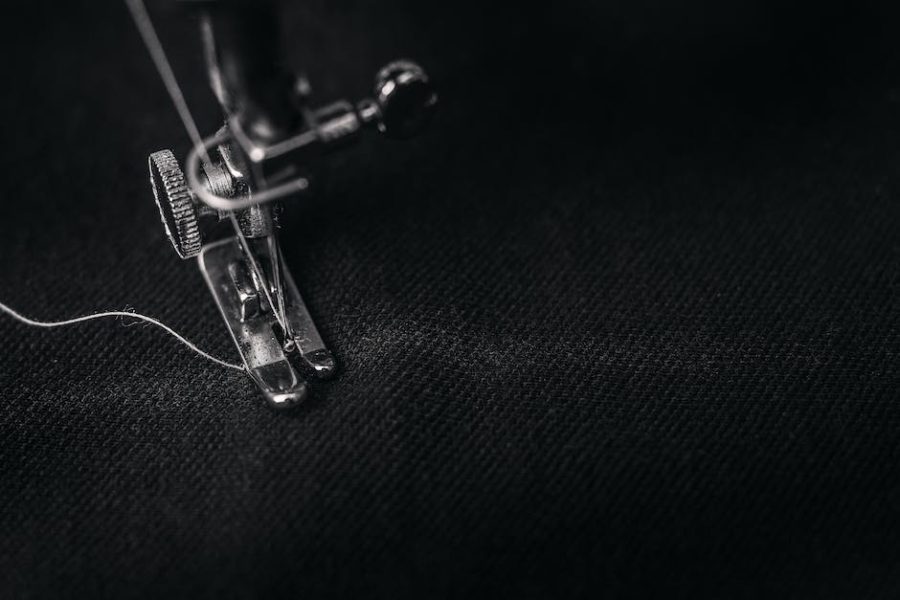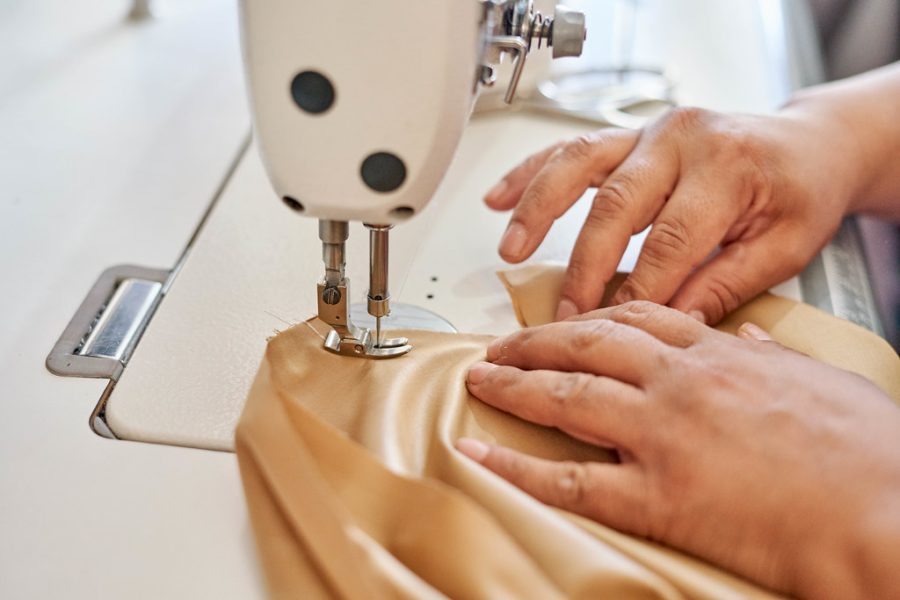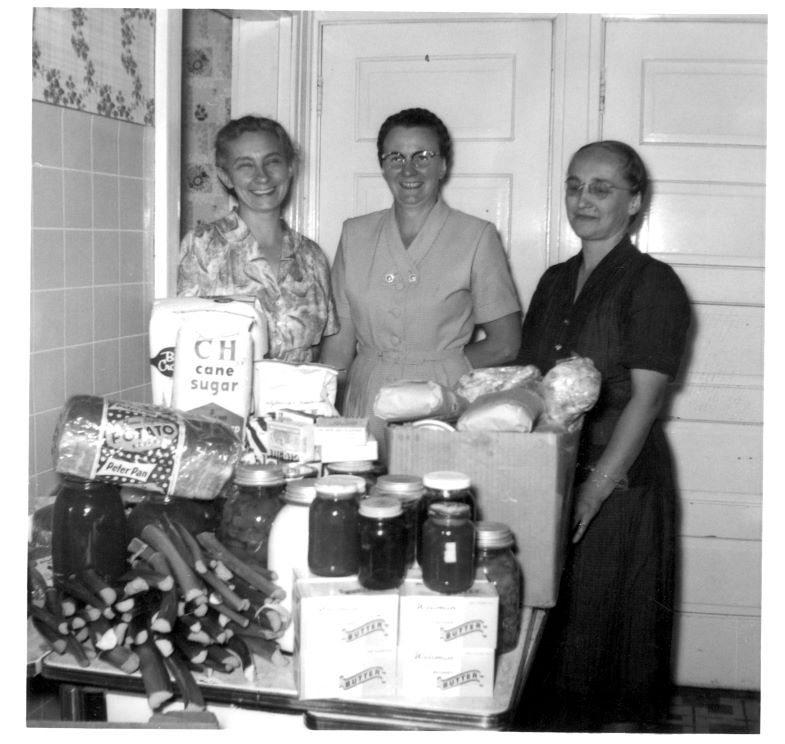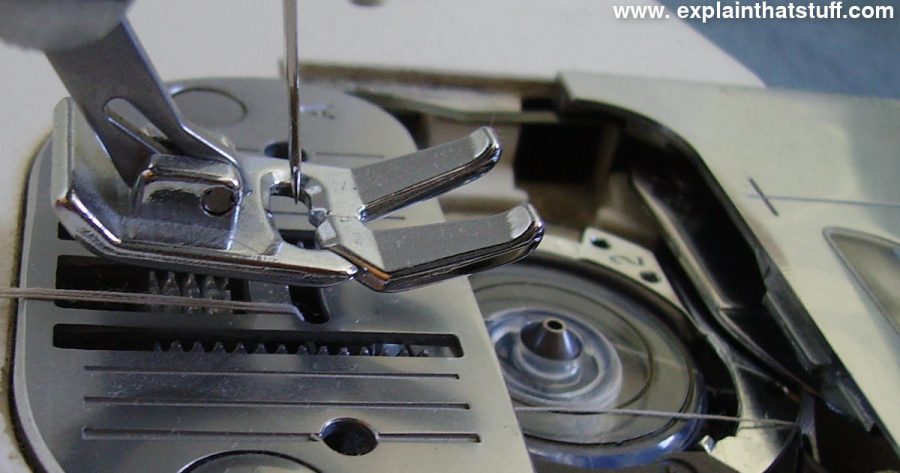The Art of Sewing with a Hoop

Embroidery is an ancient craft that has adorned textiles for centuries. One of the essential tools in this art form is a sewing hoop, also known as an embroidery hoop. This humble device plays a crucial role in ensuring precise and even stitches, making the entire sewing experience more enjoyable. Let’s take a closer look at the significance of the sewing hoop and how to use it effectively.
What is a ?
A sewing hoop is a circular or oval-shaped frame typically made of wood or plastic. It consists of two adjustable rings that fit snugly inside each other. Fabric is secured between these rings, creating tension and a taut surface for stitching. Sewing hoops come in various sizes to accommodate different project needs.
Why Use a ?
There are several reasons why using a sewing hoop is beneficial for any embroiderer:
- Tension Control: A hoop allows you to control the tension of the fabric while stitching. This ensures that your stitches are consistent and neat, enhancing the overall appearance of your embroidery.
- Stabilizes Fabric: By holding the fabric taut, a hoop prevents it from bunching up or puckering during the stitching process. This is especially useful when working with delicate or slippery fabrics.
- Improves Accuracy: The hoop acts as a guide and helps keep your stitches in line, resulting in straighter and more precise embroidery.
- Reduces Strain: Holding a hoop while stitching provides a more ergonomic hand position, reducing strain and fatigue during long stitching sessions.
How to Use a ?
Using a sewing hoop properly can greatly enhance your stitching experience. Here’s a step-by-step guide to get you started:
- Select the appropriate size hoop for your project. Larger hoops are ideal for bigger designs, while smaller hoops are suitable for intricate details.
- Loosen the screw at the top of the hoop to separate the inner and outer rings.
- Place your fabric over the inner ring, ensuring the fabric is centered and smooth.
- Press the outer ring down onto the fabric, sandwiching it between the two rings.
- Tighten the screw to secure the fabric, making sure it’s taut but not overly stretched.
- Begin stitching with your preferred needlework technique, starting from the center or wherever your design requires.
- Periodically adjust the tension if necessary, ensuring the fabric remains taut throughout the project.
- Once you finish stitching, loosen the screw and remove the fabric from the hoop.
Remember to store your sewing hoop properly to maintain its longevity. Keep it in a dry and clean place, away from excessive heat or moisture.
In conclusion, a sewing hoop is a valuable tool that every embroiderer should include in their arsenal. Not only does it improve the quality of your stitches, but it also adds stability and accuracy to your embroidery projects. So, the next time you embark on a stitching adventure, be sure to embrace the magic of the sewing hoop.





Such an incredible tool to help with projects!
Gladys Chen: I love sewing hoops for beginner projects!
Kathy Turner: It’s so fun to learn how to use one!
A sewing hoop is a great tool for all levels of sewing – from beginners to those with years of experience. Every crafter should have one in their arsenal; it provides support and stability while you craft, making it much easier to work with fabric. Plus, it’s just so satisfying to watch a project come together with the help of a hoop!
What a handy tool to give you some structure when sewing!